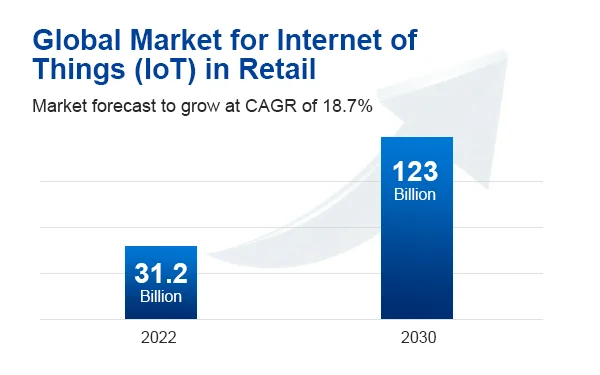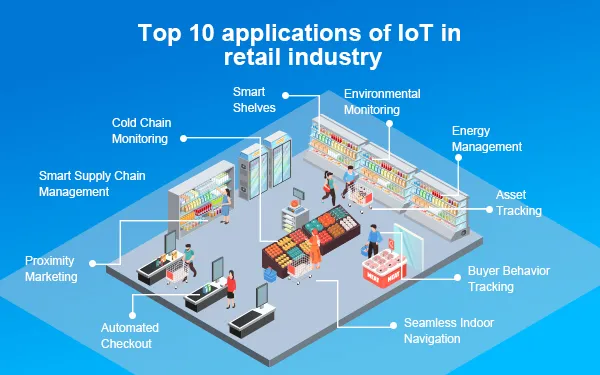- Produtos
- H1 Keychain Beacon
- Sinalizador de cartão H3
- Emblema do botão H3
- Farol RFID H5
- Crachá H5 Pro RFIDNOVO
- H7 Helmet Beacon
- Etiqueta de capacete H7 LiteNOVO
- Farol de posicionamento W3
- Farol de localização W3 Pro
- W6 pulseira baliza
- Botão de pânico B1
- B2 Distintivo InteligenteNOVO
- Botão de emergência B3NOVO
- Etiqueta de identificação H8NOVO
- Soluções
Soluções
Aproveite o poder da IoT com nossas soluções inteligentes. Inove e transforme-se mais rapidamente com nossa experiência líder em IoT.
- Formulários
Formulários
Inove sem limites. Dê vida à sua visão de IoT mais ousada com nossos aplicativos versáteis.
- Serviços
Serviços
Seja nosso parceiro para o sucesso. Nossos serviços excepcionais oferecem resultados e valor para clientes e parceiros.
- Recursos
Recursos
Capacite sua jornada de IoT. Insights de especialistas, Noticias & Eventos, documentação – encontrar nossa riqueza de recursos.
- Sobre
Por que MOKO
A escolha inteligente para inovação IoT. Nossa experiência e tecnologia lideram o caminho.
- Contato
- Produtos
- Sinalizador Bluetooth
- Sensores IoT
- Rastreadores IoT
- Módulos IoT
- Gateways IoT
- Plugues Inteligentes
- Soluções
- Formulários
- Serviços
- Recursos
- Sobre
- Contato






























